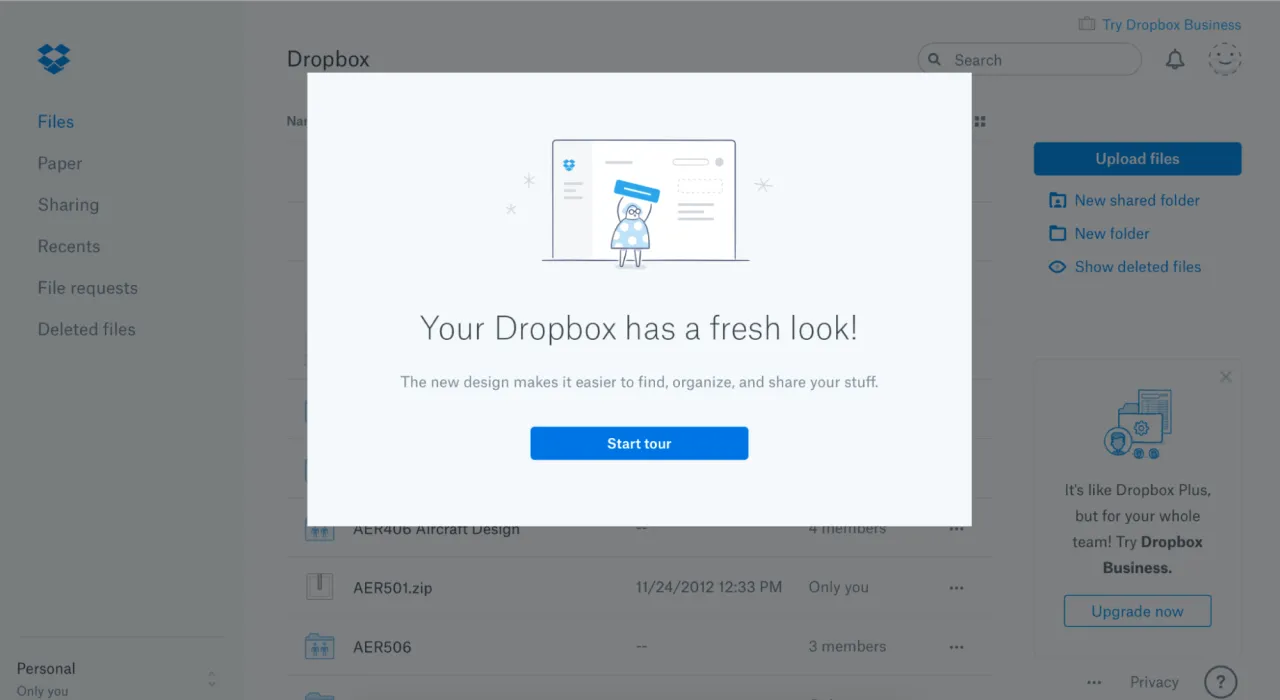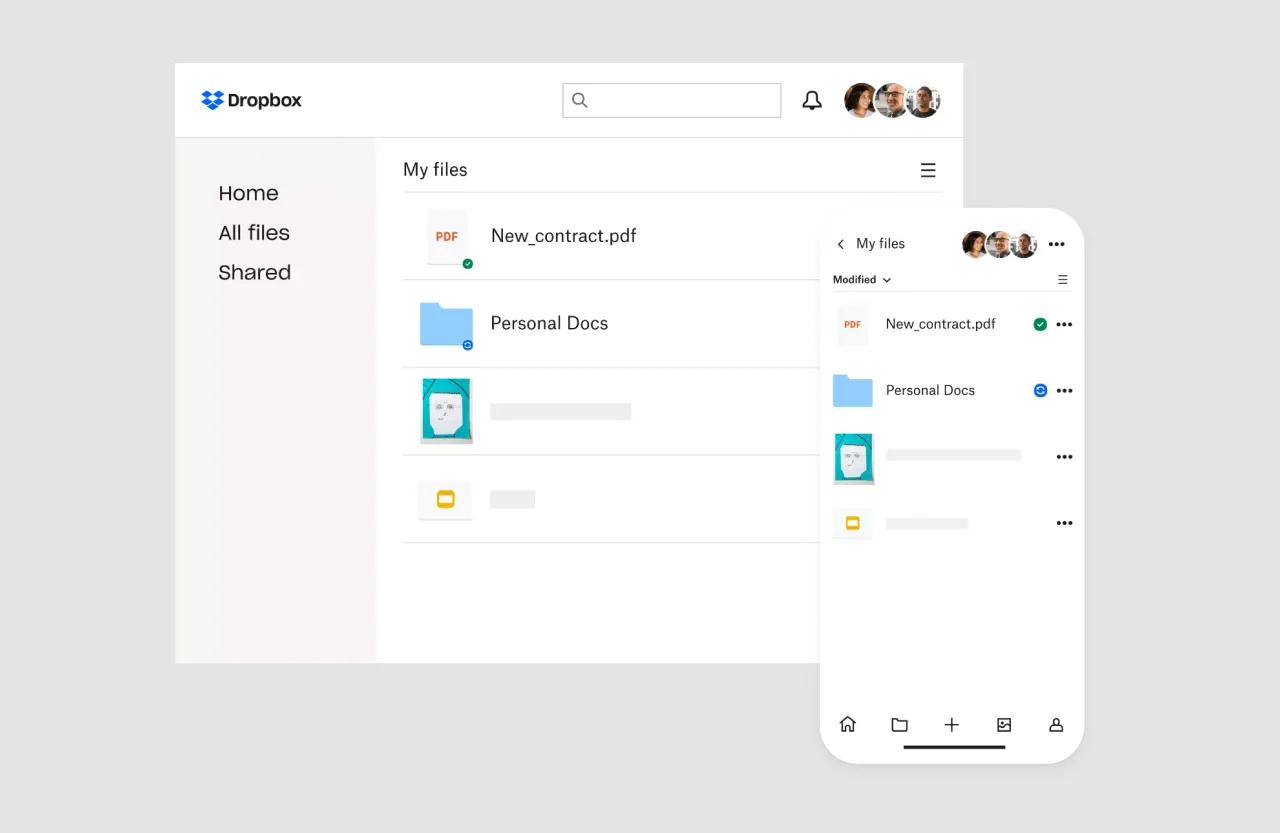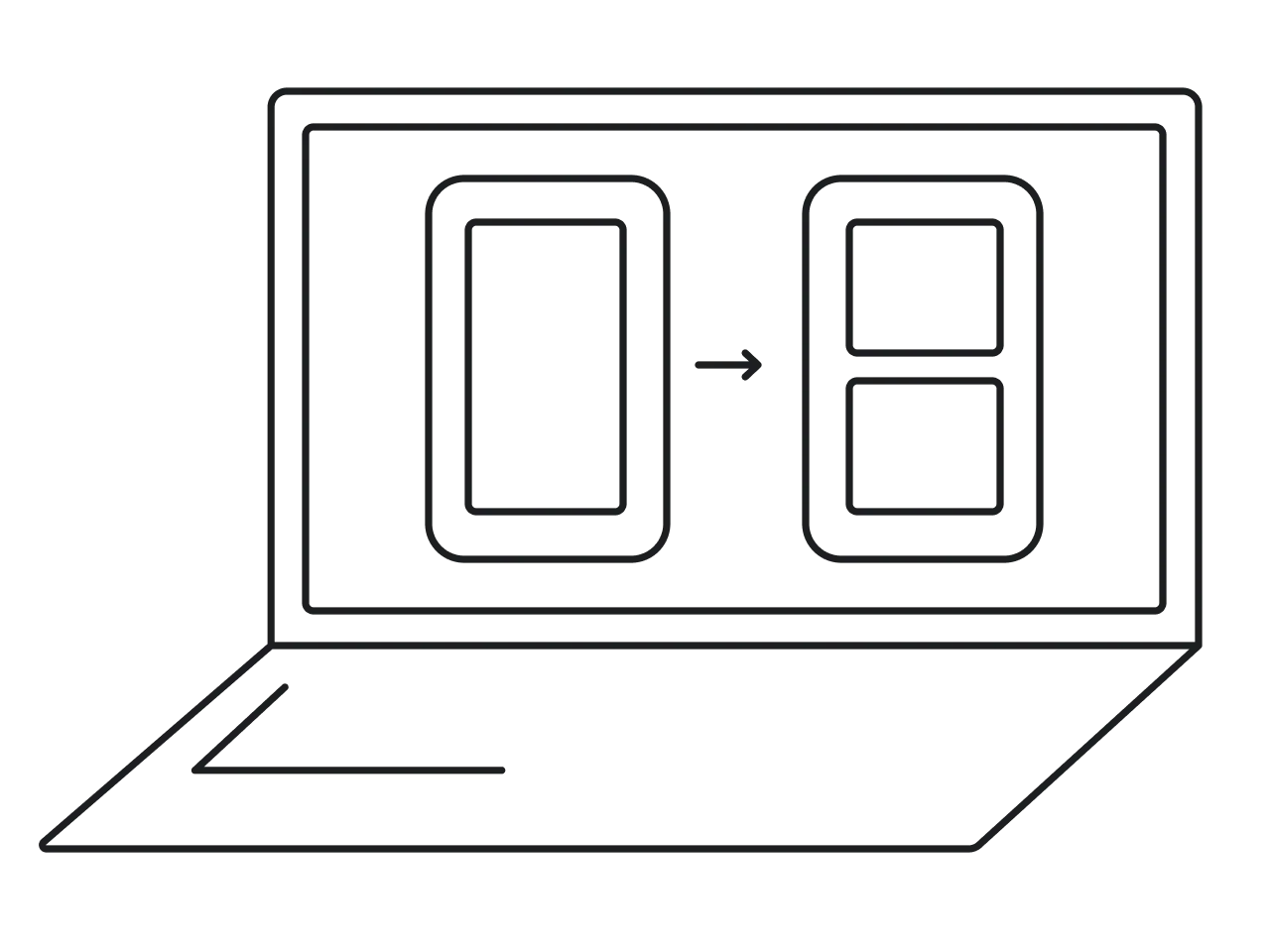"Your font update managed to give me a headache so bad it stayed for over 24 hours and it is definitely still going." That's not the feedback you want to hear after a major expensive redesign, but that's exactly what one user wrote after Twitter updated its app in 2022.
And it wasn't the only negative feedback — Twitter received a ton of complaints about headaches and eyestrain at that time. Most of those complaints could have been avoided with UX testing.
Here at Eleken, we consider user testing as an indispensable part of the design process. Without it, any design becomes just guesswork. Our experience shows that designers need to test 5 to 10 users to find the real problem and target it the right way. We use various tools as well as conduct user testing repeatedly during the design process and are ready to share some of our insights for the best possible product introduction.
In this article, you'll figure out why user testing is important and how to apply it to avoid costly mistakes.
Why is user testing important?
User testing is essentially the process of evaluating a product to see how easy and enjoyable it is to use from a user's perspective. And it's definitely not something you'd want to skip, and here’s why.
- User testing can save you from failure. According to a study by Nielsen Norman Group, user testing can identify up to 85% of usability issues in a product.
- User testing can save time and money in the long run. As Roger Pressman, the President of R.S. Pressman & Associates, wrote in his book, problems in development are 10 times more expensive to fix than during design.
- User testing can identify opportunities for innovation. Thanks to user testing, you can continuously improve your product, fill gaps in the market and remain competitive.
Now, let's explore real-life cases of how well-known companies conducted user testing and improved UX.
Cases that prove the importance of user testing
We live in a world where consumer expectations are constantly changing. And the stakes for delivering an exceptional customer experience are getting higher. Consequently, more and more companies are heavily investing in their UX research teams as a secret weapon for growth. Let’s look closer at companies that benefited from incorporating user testing into their redesign practices.
Dropbox: user testing for a successful redesign
In 2017, Dropbox underwent a significant redesign aimed at providing a more modern and collaborative tool for its users. The redesign included changes to the color scheme, typography, and interface to make navigating and finding files easier. But the key goal was to simplify team-first functionality for users.

To ensure the redesign was a success, the Dropbox team conducted two rounds of extensive user testing with over 700 participants. In the first round, they identified issues and pain points that helped guide the redesign process. In the second round, users interacted with the new design and provided feedback on its usability and overall impression. They compared the old and new designs and discussed how the latest version improved.
Thanks to the user testing phase, the team was able to uncover usability issues that were later addressed to improve the design. The result was a more intuitive and user-friendly product that was well-received by users.

Asana: user testing to define usability issues
Back in 2015, Asana, a project management SaaS platform, decided to redesign its solution from scratch. Project management tools were springing up like mushrooms at that time, so in order to keep up with the competition, the Asana team had to come up with innovative design.

The user testing phase revealed several usability issues, such as confusion over specific terminology and difficulty finding certain features. This feedback led to changes in the language used throughout the platform and improvements to the navigation.

The result was impressive; the new design significantly improved the UX and received mostly positive feedback. By the beginning of the following year, numbers showed an increase in the business's profitability — from 10,000 paying businesses in September 2015 to 13,000 in 2016. Since then, it has become an Asana design team's main philosophy — make users an irreplaceable part of the redesign process. Every year Asana makes a lot of small changes based on the constant feedback from users, which overall massively contribute to the platform’s UX.
Adobe's Creative Cloud: non-stop user testing for an effective design
Adobe's Creative Cloud received a significant redesign in 2019, focusing on making it a hub for all company products. The new desktop experience was supposed to include tutorials for all apps in one place, making it an assets library.

Overall, the redesign aimed to make Creative Cloud more intuitive, efficient, and customizable for users. The new interface should have added a clean and modern look to the platform and introduced features like in-app learning and a personalized dashboard.
This case is interesting because of how user feedback was used. The Adobe team was gathering user feedback along all the stages of the solution redesign. In the end, the Creative Cloud’s new look was fully based on users’ thoughts
But let’s not talk only about how user feedback allowed companies to successfully redesign their products. Let’s consider Snapchat’s example too, where the lack of user feedback led to poor results.
Snapchat: redesign failure due to lack of testing
After Snapchat's redesign in 2018, users immediately started criticizing the new design. Most complaints pointed out that the app became less intuitive and harder to navigate. Many also criticized Stories' placement and the Friends page's removal. As a result, Snapchat lost millions of users, and stock prices dropped. The company had to make several changes to address the backlash.

The main reason behind this tragic result is, of course, a lack of user testing. Had Snapchat asked users what they think about new features prior to implementing them, they could have saved resources and nerves. But what’s done is done, so now this story serves as a reminder of why user testing is important.
Advice for quick and easy user testing
User testing does not have to be a huge new investment, and it doesn't require a ton of time. For instance, when we at Eleken redesigned an app for Clientjoy, all we had to do to understand and prioritize users’ needs was to interview six real platform users. Later, the insights we gathered shaped the whole redesign process.

What’s more important, user testing can be done without disturbing your users. Let us introduce you to two apps that we use for moderated and unmoderated remote user testing.
Maze for unmoderated testing

Maze is a remote user testing platform that allows you to create and run in-depth usability tests and share them with your testers via a link. With Maze, you can get actionable insights, and generate a usability study report instantly.
Maze integrates directly with popular design tools like Figma, InVision, Marvel, and Sketch, allowing you to import a working prototype directly from the design tool you use. In addition to unmoderated usability testing, Maze also offers other UX research methods like card sorting, tree testing, 5-second testing, A/B testing, and more.
- Free trial: there’s a freemium tear for 1 seat and 1 active project
- Pricing: $42 per month for individual designers and $25 per seat per month for teams
Lookback for moderated tests

Lookback allows you to conduct tests where you talk to your testers, see their reaction to your prototypes, guide them through the tasks, and get their feedback in real-time.
The platform offers a collaborative dashboard where you can sync all your feedback and share it with your team and stakeholders. One of Lookback's best features is the ability to add comments right on the video while watching and examining the testers' reactions. This makes it easy to collaborate and share insights with your team.
- Free trial: 14-day free trial
- Pricing: starts at $99 per month
For a more comprehensive list of research tools, check out our blog post on the top UX research tools for designers.
Final thoughts
User testing is the key to SaaS redesign. By gathering feedback, companies can identify and address pain points in their product, leading to a better user experience and increased engagement, retention, and revenue. Also, user testing is an ongoing process that should be integrated into the entire design process, from concept to launch. This way, you can be sure that your product continues to evolve and improve.
If you need to learn more about incorporating user feedback into your SaaS redesign or looking to rethink your product, Eleken is here to help.














